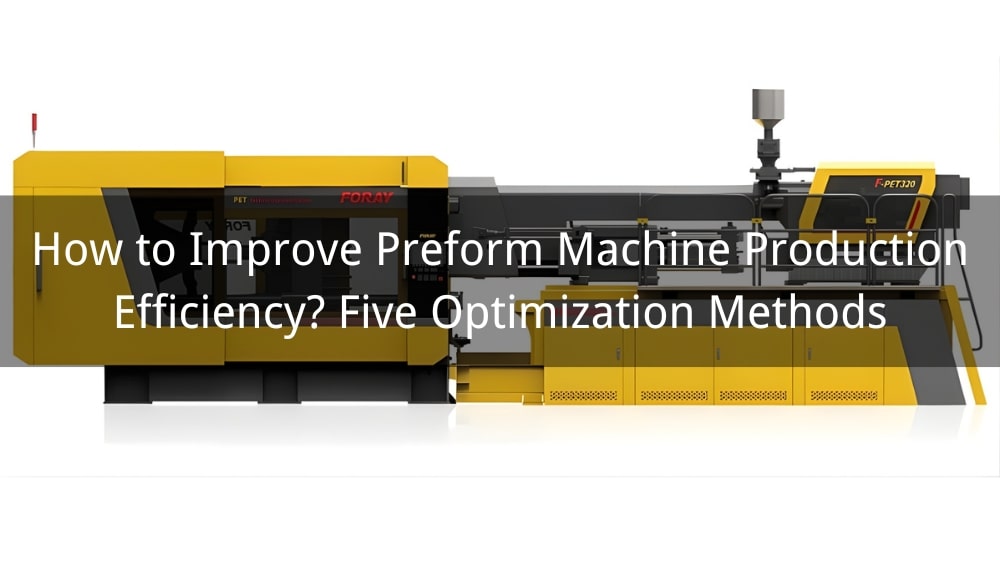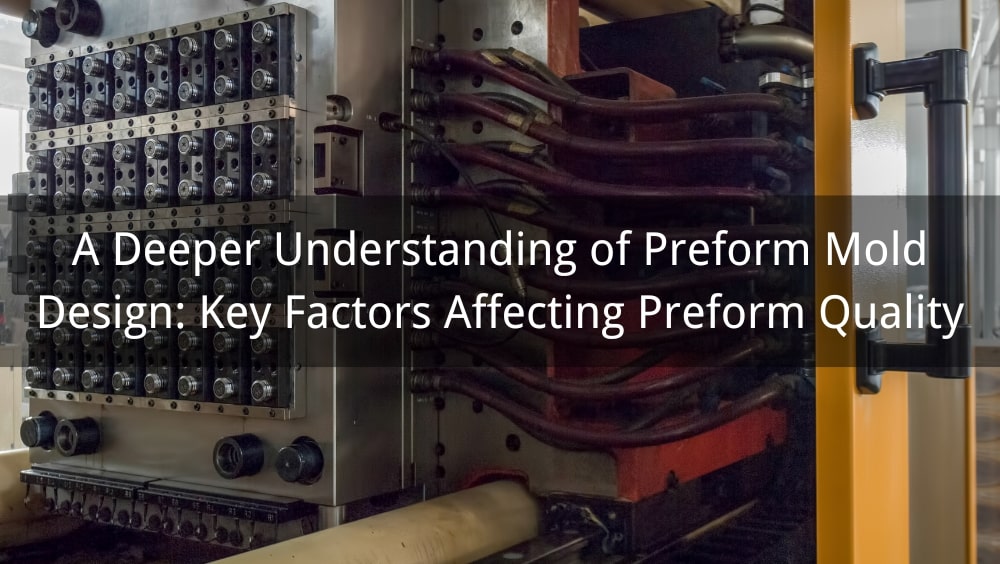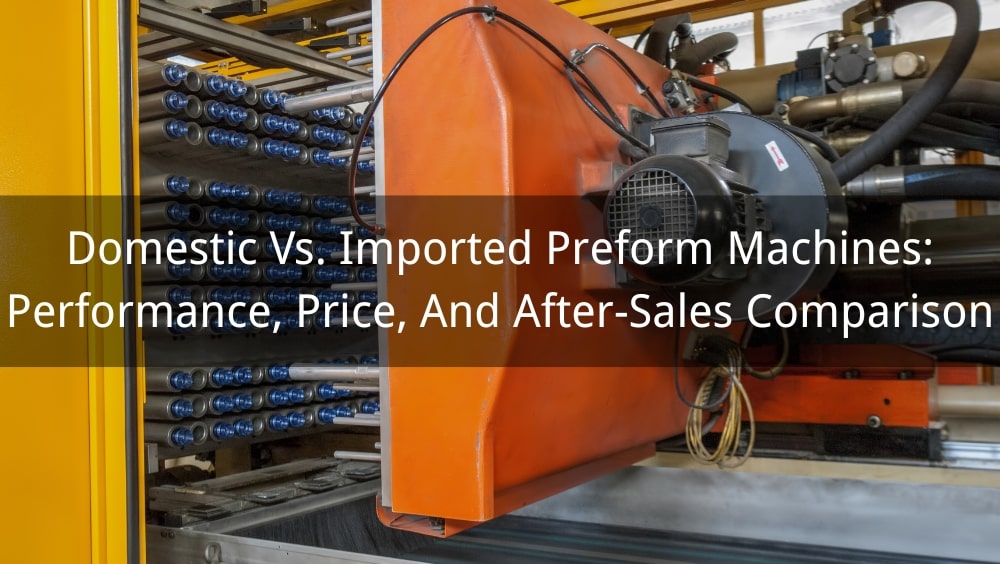_1735795241_WNo_1000d563.webp)
Injection molding machines are pivotal in today’s manufacturing world, enabling industries to produce high-precision, complex parts quickly and cost-effectively. Whether it's for creating plastic components, medical devices, or automotive parts, these machines play a key role in mass production. In this article, we'll explore what injection molding machines are, how they work, their key features and benefits, as well as their diverse applications. By the end, you'll have a clearer understanding of why this technology is indispensable to modern manufacturing and how to choose the right machine for your needs.
Table of Contents:
An injection molding machine is a type of manufacturing equipment used to produce a wide variety of parts by injecting molten material, typically plastic, into a mold cavity under high pressure. The material is allowed to cool and solidify in the mold, taking on the shape of the cavity. This process allows manufacturers to create complex, high-precision components with exceptional repeatability and minimal waste.
Used across industries like automotive, consumer electronics, packaging, medical devices, and more, injection molding machines are vital to producing products such as plastic bottles, car bumpers, smartphone parts, and even toys. The adaptability of this technology ensures that it remains relevant and essential across various sectors.
An injection molding machine comprises several key components that work in harmony to produce high-quality molded parts. These components include:
Each component plays a vital role in ensuring that the injection molding machine delivers high-quality, consistent results.
The working principle of an injection molding machine involves several stages that must occur sequentially to produce a finished part:
By repeating this cycle rapidly, injection molding machines can produce large quantities of identical parts with minimal effort and cost.
| Type of Injection Molding Machine | Description | Key Features | Advantages | Disadvantages |
| Hydraulic Injection Molding Machines | Uses hydraulic systems to power the injection and clamping units. |
- High clamping force - Suitable for large molds - Robust and durable |
- High clamping force - Ideal for large, heavy parts |
- Energy-inefficient - Slower cycle times |
| Electric Injection Molding Machines | Uses electric motors to drive the injection and clamping units. |
- High precision - Faster cycle times - Energy-efficient |
- Energy-efficient - Lower maintenance costs - Precise control |
- Higher upfront cost - Lower clamping force compared to hydraulic |
| Hybrid Injection Molding Machines | Combines hydraulic and electric systems for a balance of force and efficiency. |
- Hybrid drive (electric and hydraulic) - Offers the best of both systems |
- Energy-efficient - Faster cycle time - High clamping force |
- More complex and expensive than pure hydraulic or electric systems |
| All-Electric Injection Molding Machines | Fully electric, offering precise control over all operations. |
- Extremely energy-efficient - High accuracy - Low maintenance |
- Extremely low energy consumption - Ideal for precision molding |
- Expensive initial cost - Limited size and clamping force range |
The price of injection molding machines can vary widely, typically ranging from tens of thousands to hundreds of thousands of dollars. Factors affecting the cost of injection molding machines include:
While the initial investment may seem significant, the long-term cost savings and efficiency gains make injection molding machines a worthwhile investment for many manufacturers.
Injection molding machines are incredibly versatile and are used across a broad spectrum of industries. Some of the most common applications include:
These applications highlight the flexibility of injection molding machines in producing a wide range of products, from simple to highly complex designs.
When comparing injection molding vs machining, the key difference lies in the production methods. Injection molding is ideal for high-volume production, as it can create parts quickly and with minimal waste. Machining, on the other hand, involves cutting away material from a solid block, which is slower and more wasteful but offers greater flexibility for custom designs or low-volume runs. Injection molding is typically more cost-effective for producing large quantities of identical parts, while machining is better suited for highly detailed, custom parts with more intricate features.
Both injection molding and 3D printing are powerful manufacturing technologies, but they serve different purposes. 3D printing is ideal for rapid prototyping, small-scale production, or highly customized parts. It allows for the creation of complex geometries without the need for molds, making it flexible but slower and less cost-effective for large-scale production.
Injection molding, however, is designed for high-volume manufacturing. It’s a faster process and more cost-efficient for producing large quantities of identical parts. For businesses that need mass production with consistent quality, injection molding is the better choice, while 3D printing excels in flexibility and low-volume, customized production.
Choosing the right injection molding machine is crucial for achieving optimal production efficiency, part quality, and cost-effectiveness. Here are the key factors to consider:
By considering these factors, you can choose an injection molding machine that aligns with your specific production needs and maximizes efficiency.
Q1: What is the main advantage of injection molding?
The main advantage of injection molding is its ability to produce large quantities of identical parts quickly, with high precision and minimal waste.
Q2: What materials can be used in injection molding machines?
Injection molding is most commonly used for plastics but can also accommodate materials such as rubber, metals, and composites, depending on the machine type.
Q3: What is the typical lifespan of an injection molding machine?
The lifespan of an injection molding machine depends on factors like usage frequency, maintenance, and quality of components. Generally, with proper care, a machine can last 10-20 years or longer. Regular maintenance can extend its operational life.
Injection molding machines are essential tools in modern manufacturing, offering precision, efficiency, and versatility across a wide range of industries. By understanding the different types, features, and factors that influence machine selection, businesses can optimize production processes to meet their specific needs. Whether you're producing high-volume parts, intricate designs, or exploring new materials, choosing the right injection molding machine can significantly improve your product quality, reduce costs, and enhance overall manufacturing efficiency.
Recommended content


















